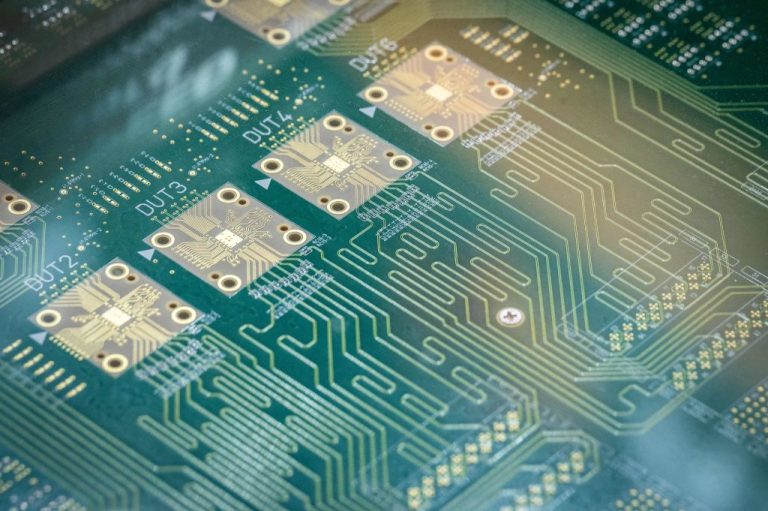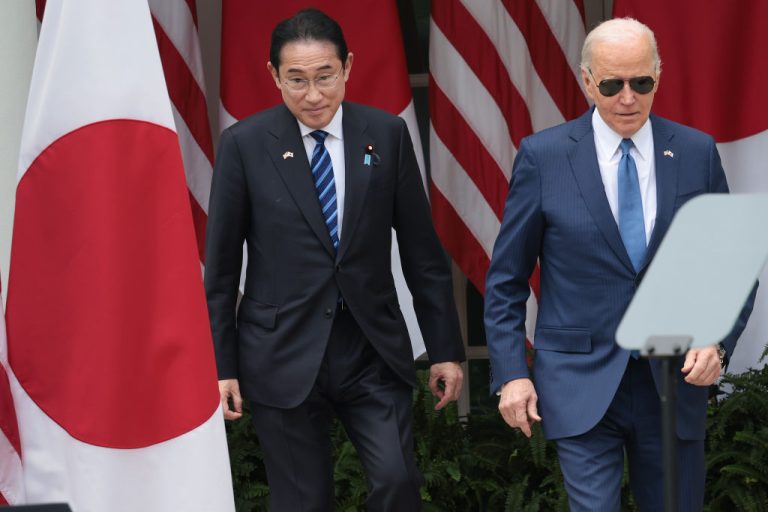With the release of Huawei’s latest smartphone, the Mate 60, it appears that China has gained the ability to produce 7-nanometer chips, an accomplishment that the United States has been attempting to thwart by way of sanctions and trade restrictions.
Experts at TechInsights, working out of a lab in Canada’s capital Ottawa, dissected Huawei’s latest smartphone and found 7nm technology previously believed to be exclusively manufactured using billion dollar, specialty equipment from Europe that was unavailable to China due to trade restrictions.
It implies that China has not only discovered a way to produce the chips, but also to produce them at scale.
With the revelations it means that the U.S.’s efforts to restrain China’s tech sector have essentially failed, raising questions about how effective the Biden administration’s sanctions on the communist nation actually are.
Huawei launched the Mate 60 during a visit to Beijing by U.S. commerce secretary Gina Raimondo.
Success
You are now signed up for our newsletter
Success
Check your email to complete sign up
The Mate 60’s processor was manufactured by China’s Semiconductor Manufacturing International Corporation (SMIC), a partly state-owned foundry that is believed to contribute to China’s military.
The revelations are expected to raise the alarm in Washington as SMIC was placed on a U.S. “blacklist” in 2020 due to the “unacceptable risk” that the products produced by the company could be used for military purposes.
In conversation with Bloomberg, who first broke the story, TechInsights vice-chairman Dan Hucheson said, “It’s a pretty important statement for China.”
READ MORE:
- French Company Smuggled Military Chips to China and Russia, Investigation Alleges
- US Commerce Secretary Rejects China’s Request to Ease Controls on Technology Exports
- Japan Aligns With the US, Imposes Export Controls on Chip Making Equipment to China
Extreme ultraviolet lithography
The core process that China has appeared to crack is referred to as extreme ultraviolet lithography, which is the technology used to etch a chip’s inner workings into its silicon.
It was a closely guarded secret by Dutch tech company ASML, who is responsible for the manufacturing of the equipment required to produce chips below 14nm, a technology that was considered cutting-edge in 2015.
Current U.S. sanctions sought to restrict China’s chip manufacturing abilities to 14nm or above.
According to Hucheson, China’s newest chip, the Kirin 9000S, indicates that “SMIC’s technology advances are on an accelerated trajectory.”
In September, 2022 the Biden administration barred American based technology firms that receive U.S. government funding from building “advanced technology facilities” in China for the following decade.
The ban was a requirement under the U.S. government’s multi-billion dollar plan to produce semiconductor chips on American soil, components that are predominantly manufactured in Asia.
The following August, Congress passed the Chips and Science Act (Chips) as part of its response to a drawn out technological dispute between Washington and Beijing.
At the time, Gina Raimondo, U.S. commerce secretary, said, “We’re also going to be implementing the guardrails to ensure those who receive Chips funds cannot compromise national security. They’re not allowed to use this money to invest in China; they can’t develop leading-edge technologies in China; they can’t send [the] latest technology overseas.”
















